Incubating future movements in travel and culture
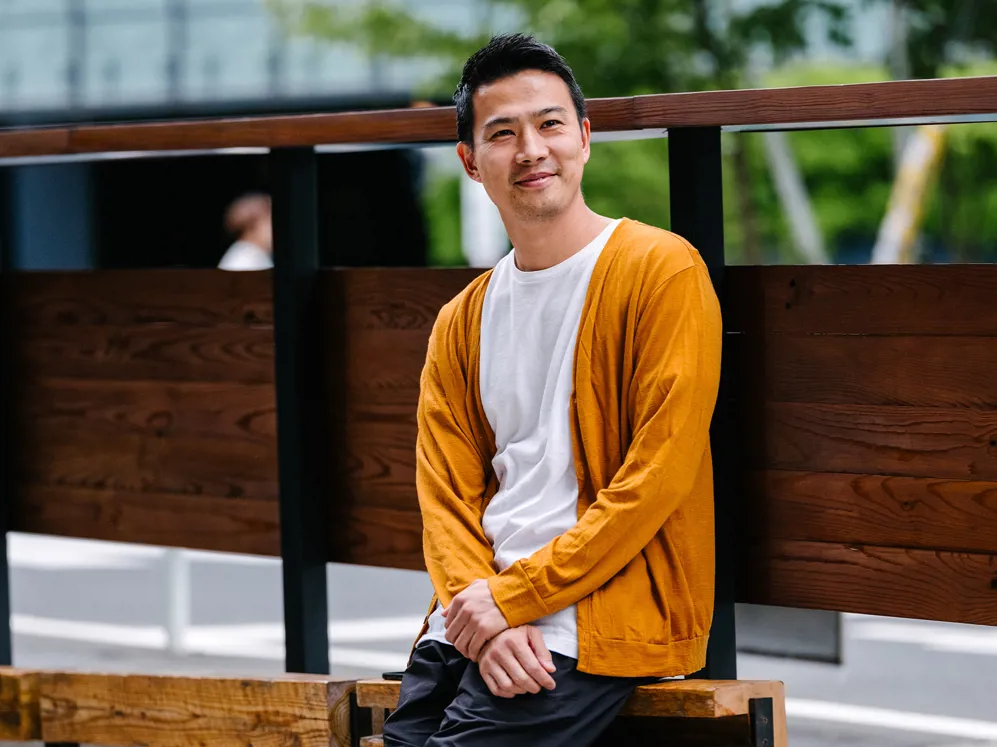
Words Frankie WechlserImages Sean Marc Lee
From Japan’s largest farmer’s market to Commune 2nd, a semi-outdoor complex of food and drink kiosks that’s transformed Tokyo’s Aoyama district, Media Surf cofounder Akihiro Matsui is one of the leading minds behind several pioneering local projects that foster community cohesion in Tokyo and beyond. At the heart of this work is a desire to nurture community-driven ideas and increase quality of life in the city where he was born and raised. At Further Tokyo: Urban Futures Matsui speaks about the evolution of Tokyo and why he views his work as a “series of social experiments.”
Akihiro Matsui: What we’re trying to do to see what’s going to happen if we do this and this part of town—and how does that change people’s lifestyle? How does that change people’s movements. How can it increase the creative life? That’s what we’ve been trying to do. We’re are doing these social experiments all over Tokyo, and one important aspect for us every time we start the project is to see how to revitalize the neighborhood and even the whole city of Tokyo.
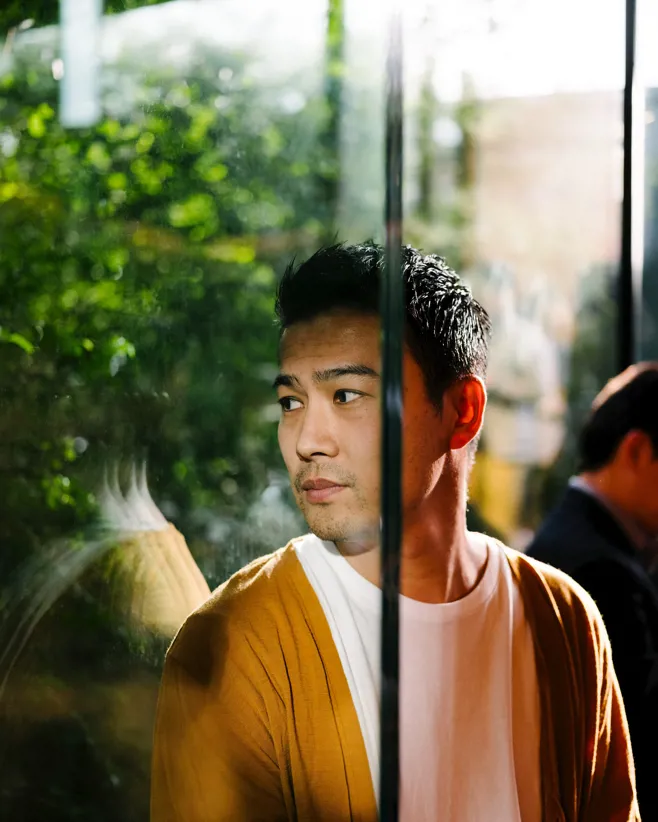
Matsui: When I was a kid, I remember we had more of a neighborhood vibe in the city. You know who’s living next door and what they’re doing, how many people live in that house, and that type of thing. And recently that isn’t how I feel. Even though 13 million people live in Tokyo, people—especially the younger generation—are more isolated. My parents still live in the western part of Tokyo and my own family has a house in the eastern part of Tokyo. It’s quite interesting to see the difference between west and east. We have a house in an area called Asakusa. It’s very traditional. There is a big temple and the biggest festival takes place there. It has more of an old-style community vibe. So for example, there is a person who lives next door who runs a Japanese restaurant by our house in Asakusa, and he actually waters our plants every night. That would never happen where my parents are living in [western] Shinagawa. In that community, the relationship between people has changed. But in the eastern part of Tokyo, we still keep these traditional types of relationships going a bit more.
Matsui: Farmer’s Market and Commune are two great examples to see how these urban transitions are taking place. There’s this sentence in Japanese that I really love, Seikatsu no Shitsu no Kojo. It’s a line from my favorite book. It basically means, “to increase the quality of life.” And that really is what we’re trying to do. The Farmer’s Market is the same thing. Our new hotel K5 is the same thing. We’re trying to increase the quality of life by doing something, bringing a cultural aspect into that venue or into that district and trying to create this Seikatsu no Shitsu no Kojo.
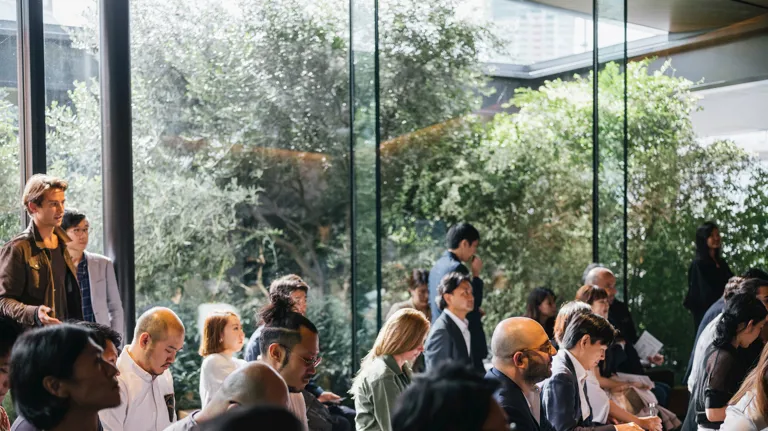
Matsui: I was born and raised here, and this neighborhood, Shibuya, back in the late 1990s, this was the capital for fashion, for street fashion. It was a movement. Then after that it kind of died. Then all of a sudden Trunk Hotel is here and then they revitalized it and helped changed this whole neighborhood. Same thing happened with Daikanyama. It was super cool for a bit and then it was dead for a few years and then [sprawling concept store] T-Site Tsutaya did this big thing and changed the whole way of people moving. So what we’re trying to do is on a smaller scale, a smaller version, of what they have done, and we’ll see what’s going to happen if on a smaller scale you can gather together and pay respect to smaller businesses and to individuals. What’s going to happen if we combine them together and make it as one thing? That’s what we’re trying to do right now, and we really see the future this way, as smaller business on a smaller scale, working together to improve the quality of life.
Further Tokyo
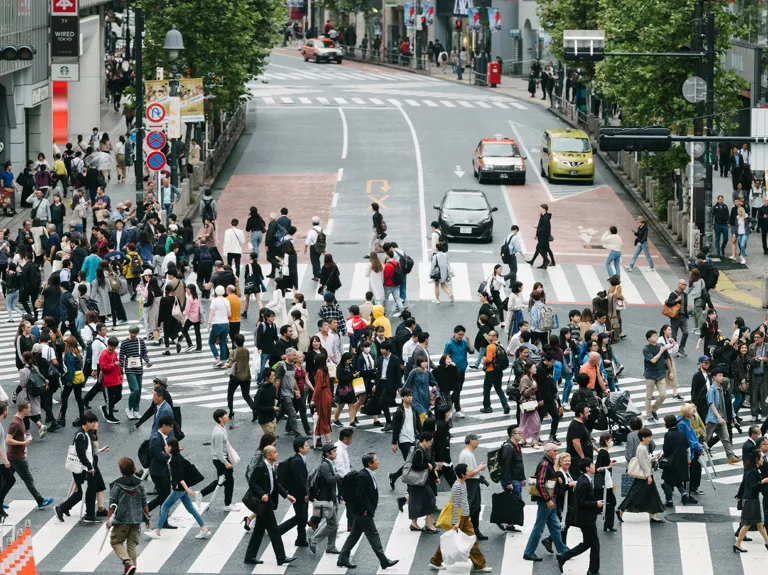
Further brought a group of architects, hoteliers and place-makers from across the Asian continent to Tokyo to explore new ideas about urban living and the cities of tomorrow.
Further Tokyo
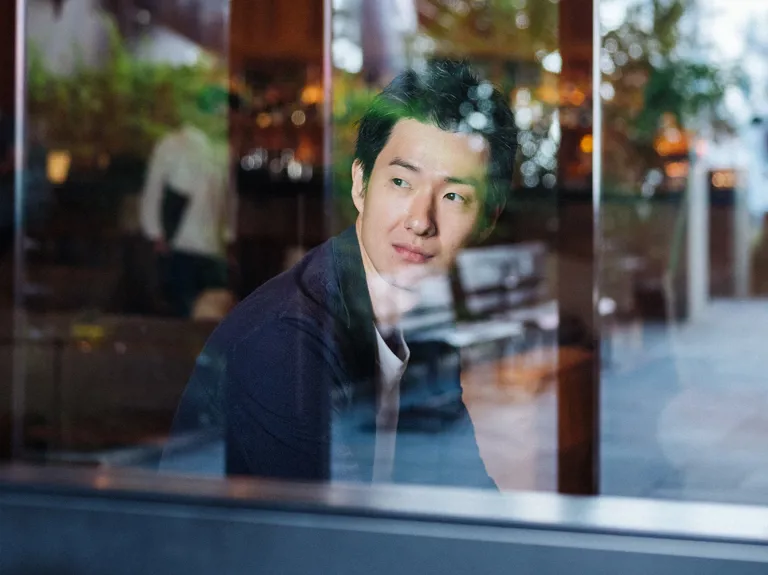
A nomadic approach to life and work is taking root in Japan. With his company InSitu, Yuta Oka is helping pioneer hotels, co-working, and co-living spaces that speak to a new hyper-mobile generation.
Further Tokyo
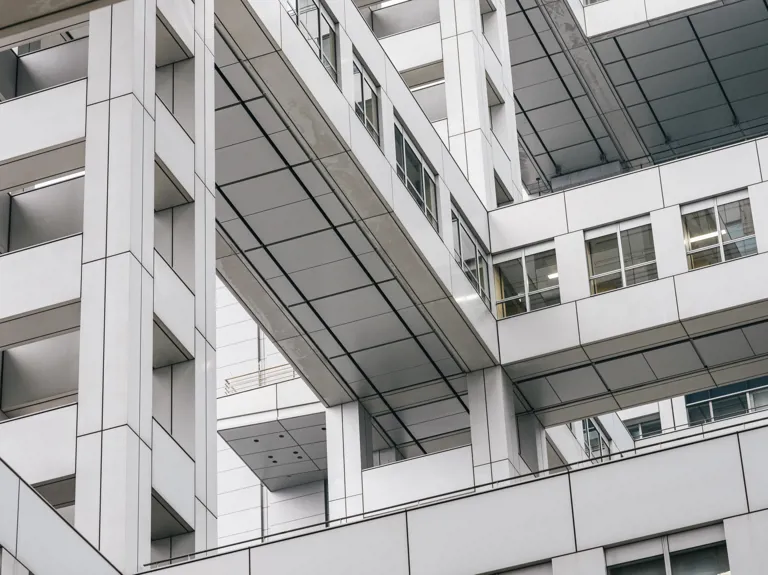
Prolific Japanese architect Paul Noritaka Tange is helping to transform the built landscape of Asia, carrying on the work of his father, Kenzō Tange, one of the most significant architects of the 20th century.